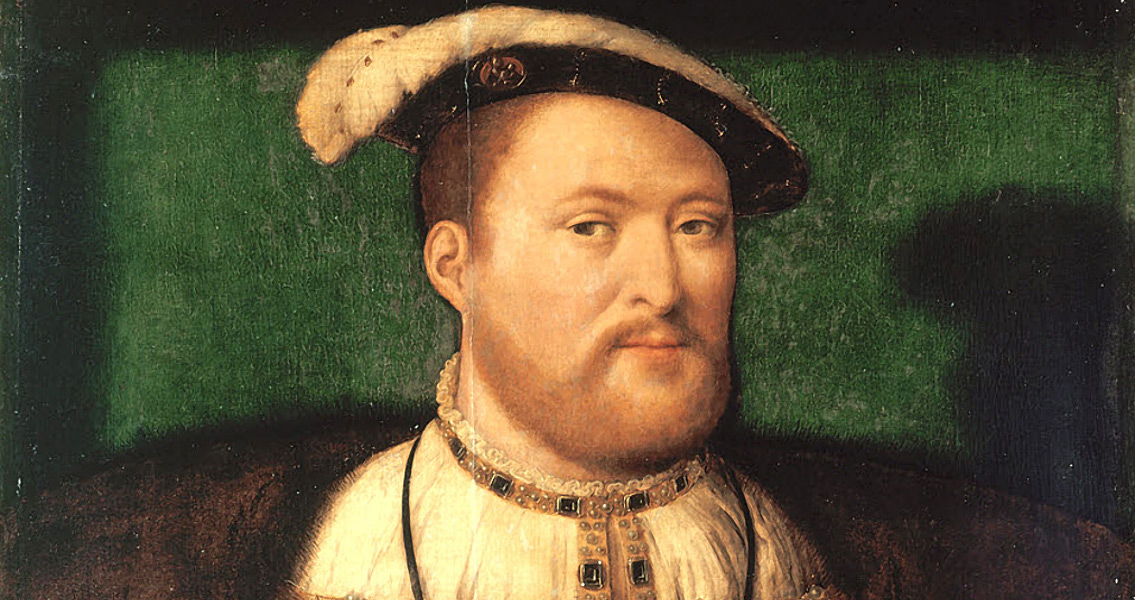<![CDATA[A defining moment in the reign of King Henry VIII, Parliament passed the Act of Supremacy on 30th October, 1534. The purpose of the Act was clear, to establish the English monarch as the undisputed head of the Church of England, and therefore supplant the power of the Pope over English society. A number of factors motivated the Tudor monarch’s drive to break the influence of the Vatican over England. In the sixteenth century, rising nationalism, combined with social and economic changes, brought the institution of the Catholic Church into question in ways not seen since its rise to prominence following the reign of the first Christian Emperor of Rome, Constantine. Martin Luther had composed his Ninety Five Theses in 1517, supposedly stamping them on the door of the All Saints Cathedral in Wittenberg, in what is now Germany. Whatever the veracity of the story about the cathedral, Luther’s infamous attack on nepotism, usury, pluralism, bribery and other corruptions in the Catholic Church caused a stir across the whole of Europe, capturing a growing discontent towards the hierarchy of the institution. In his youth, Henry had actually written a pamphlet attacking Luther’s view of the sacraments, earning him the title of ‘Defender of the Faith’ from the Pope. Nevertheless, Luther’s work had triggered a wave of Protestantism, particularly so in England, which Henry would later come to rely upon in his campaign against the Vatican. As Luther’s had argued, the Church had evolved into something approaching a business. In England, the institution had obtained massive wealth, but was also riddled by poor administration and complacency. Henry publicly declared that his intention was to take over the church as a means to deal with the chaotic mess it had become. In reality, gaining access to its wealth was likely also a major consideration. Henry’s debauched lifestyle, combined with a desire to achieve military glory, had left the crown perilously short on cash. England’s monasteries were particularly affluent, while the population’s piety meant that they continued to pay significant sums to the church. By bringing the institution under royal control, Henry would gain access to its enormous funds. In many ways, placing the church under the crown’s authority was an act of centralisation, expanding the power of the state by secularising its main competitor for influence. Of course another factor, one which is still taught to school children, also played an important role – the King’s desire to divorce his wife, Catherine of Aragon. In such a patriarchal society, Henry felt it crucial to the continuation of the Tudor dynasty that he have a son. Unfortunately, his wife of many years, Catherine, had only produced one child, their daughter Mary. Growing desperate, Henry started to become attracted to Anne Boleyn, and sought an annulment from the church. The pope stalled on the agreement, partly out of fear of offending Catherine’s relative, French Emperor Charles V, and Henry opted to take matters into his own hands. Taking advantage of the anticlerical feeling described above, Henry appointed Thomas Cranmer Archbishop of Canterbury, and had him declare the marriage void. Following Henry’s excommunication, Parliament set about issuing a series of laws which restricted the powers of the Church, and in turn increased Henry’s power over the clergy. The culmination came in 1534 with the Act of Supremacy, making Henry undisputed leader of the Church of England: “Be it enacted by authority of this present Parliament that the King our sovereign lord, his heirs and successors kings of this realm, shall be taken, accepted and reputed the only supreme head in earth of the Church of England”. One crucial consequence of the Act was the fact that by linking church to monarch it essentially made practicing Catholicism an act of treason. By doing so, Henry laid the foundations for decades of religious conflict in England. ]]>
Act of Supremacy Breaks Vatican's Hold On England
